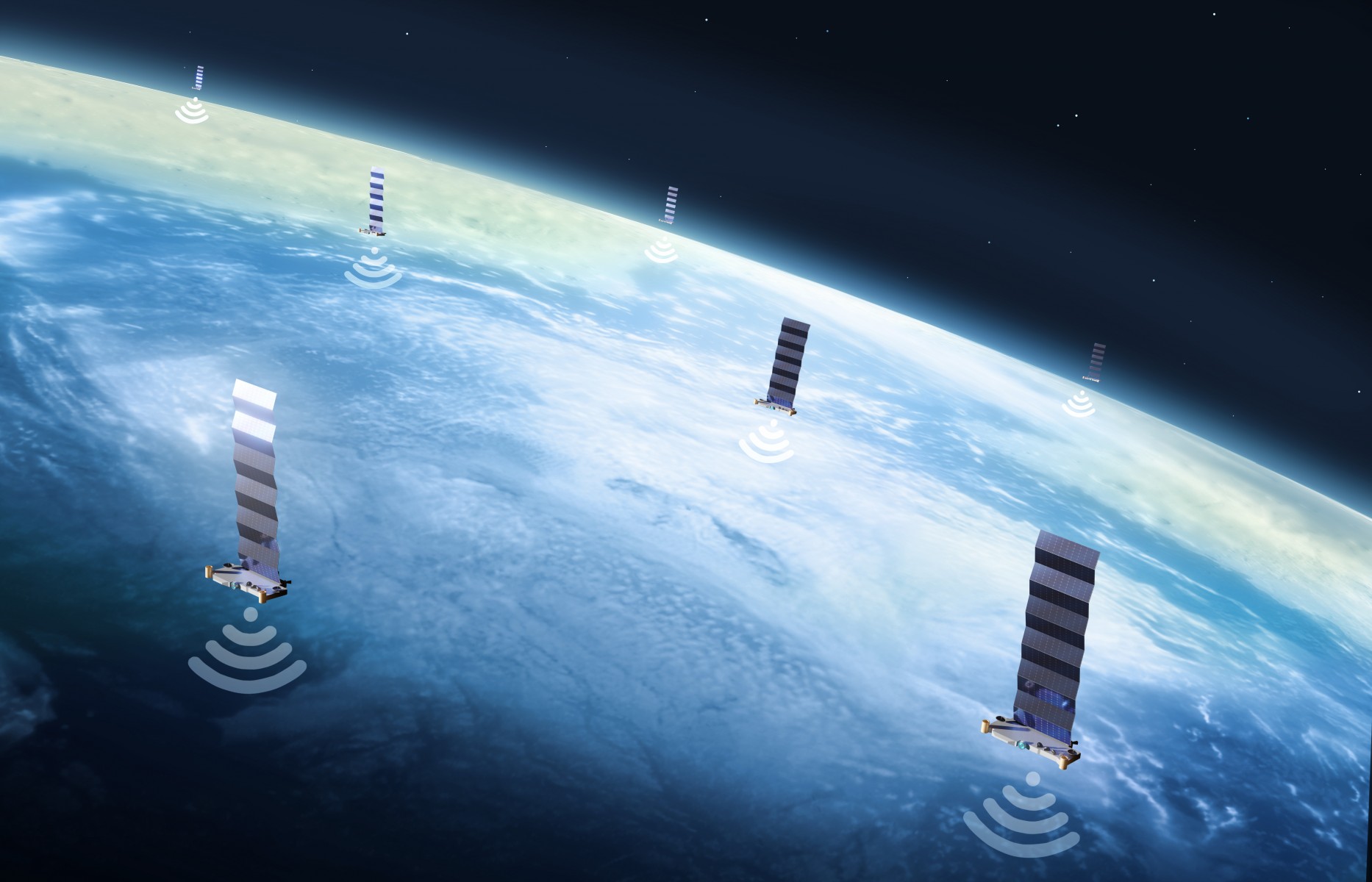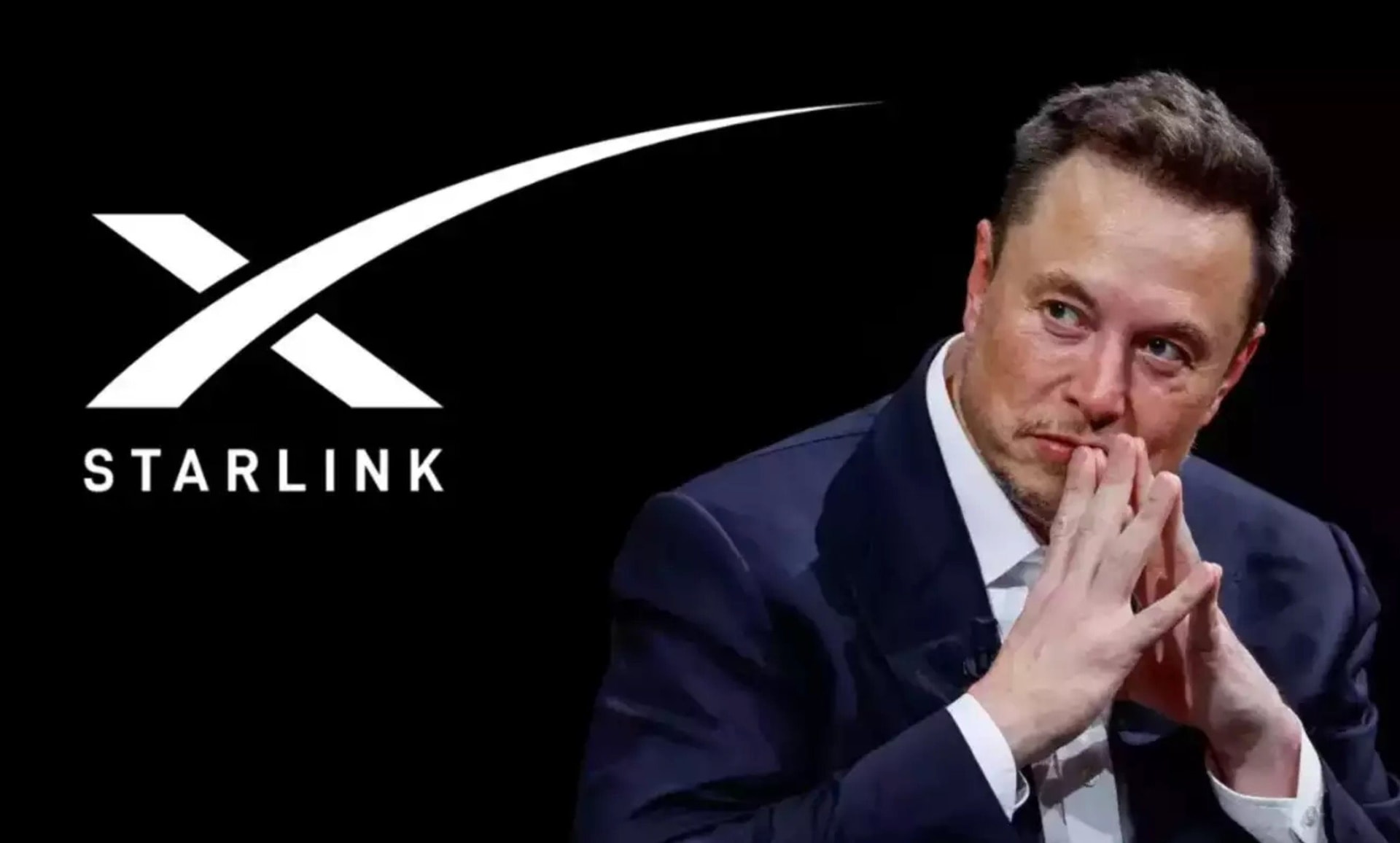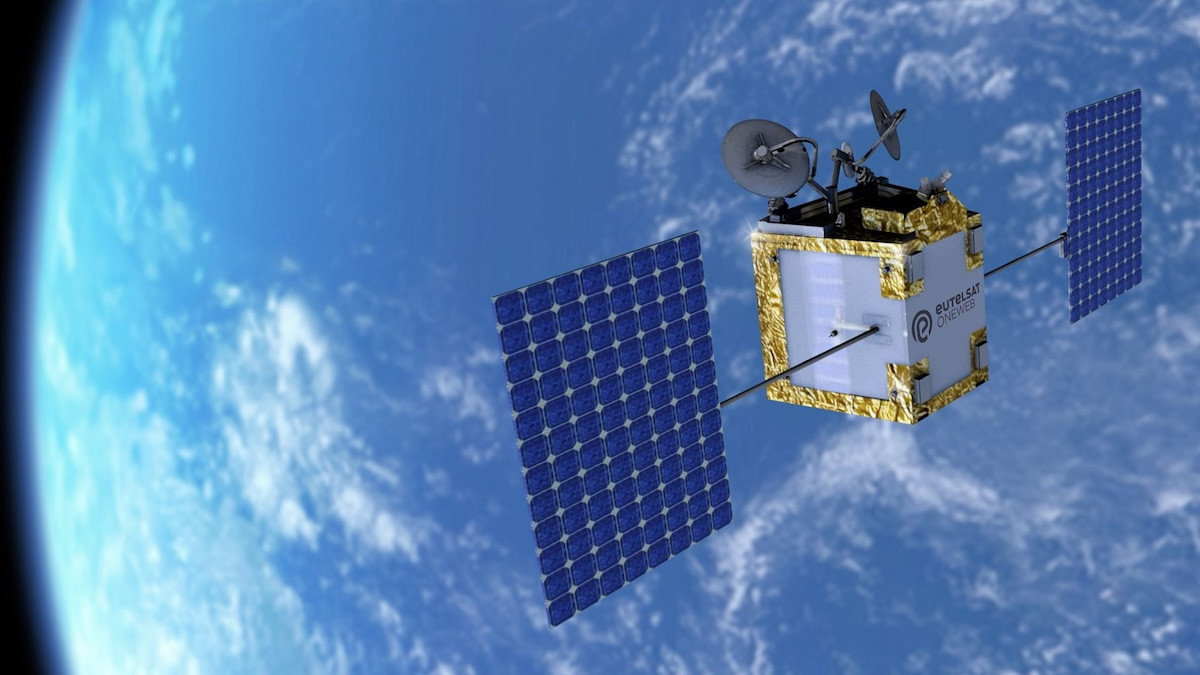
When Elon Musk first announced the Starlink project, it was seen as another bold leap from a billionaire known for defying limits. The idea was deceptively simple: provide high-speed, low-latency internet access anywhere in the world using a constellation of low-Earth orbit satellites. At first glance, the initiative seemed geared toward solving connectivity problems in underserved regions, bridging the digital divide, and offering reliable communication during natural disasters.
But as Starlink expanded and began playing an active role in global events, it became clear that its impact went far beyond digital convenience. Starlink is quietly becoming a critical piece of geopolitical infrastructure, blurring the lines between civilian and military applications—and reshaping global power dynamics in the process.
The Russia-Ukraine war in 2022 marked a turning point in the perception of Starlink. Following the invasion, much of Ukraine's telecommunications infrastructure was rendered ineffective due to cyberattacks and physical destruction. At the request of Ukrainian officials, Elon Musk enabled Starlink coverage in the region and facilitated the delivery of thousands of Starlink terminals.
Almost overnight, Ukrainian forces and civilians regained access to fast, secure internet. This access proved vital for battlefield coordination, intelligence sharing, international communication, and even psychological resilience.
The use of Starlink in Ukraine exposed the system’s capabilities beyond civilian use. Ukrainian forces were able to operate drones, conduct reconnaissance missions, and share battlefield data in real time. Starlink’s low-latency connection, resilience against jamming, and wide geographic coverage turned it into an impromptu military communications backbone—one that rivaled traditional military satellites in functionality.

Though originally designed for civilian use, Starlink proved itself as a dual-use technology with immense strategic potential.
In 2023, the U.S. Department of Defense formally partnered with SpaceX to explore the use of Starlink in military operations, particularly in contested or remote environments where traditional infrastructure was not available.
The partnership highlighted growing awareness within defense communities that the future of military operations may depend on privately owned platforms. The U.S. is not alone in this realization. Other nations are now closely observing Starlink’s role in the conflict, understanding that such infrastructure could influence the outcome of wars.
While SpaceX continues to maintain that Starlink is primarily a civilian system, the reality on the ground—and in space—tells a more complex story. The fact that a private company could so easily and so effectively deploy a global communications system in a war zone has raised alarms among military strategists and policymakers.
What was once a futuristic concept is now an operational reality: space-based communications, owned by a single corporation, can shift the balance of power on Earth.
The growing influence of Starlink also brings into focus a larger, more fundamental shift in global power structures. For the first time in modern history, a single private citizen has the capacity to influence the outcome of military conflicts on a global scale.

Elon Musk, through SpaceX and Starlink, holds control over a satellite network that provides real-time, high-bandwidth communication virtually anywhere on the planet. This level of infrastructure was once the domain of superpowers—now, it rests in the hands of a tech entrepreneur.
This control has already had real-world consequences. In a high-profile incident during the Ukraine conflict, Musk reportedly declined a request from Ukrainian officials to enable Starlink over Crimea, citing concerns about escalating the conflict. The move effectively prevented a planned naval drone strike from being carried out. Whether Musk’s decision was wise or not is a matter of debate—but what’s undeniable is that the decision was his alone to make.
No government, no alliance, no international body had a say. This incident underscored the unprecedented autonomy with which a private individual could impact the course of a war.
The implications of such autonomy are vast. Musk’s companies now operate in multiple strategic sectors: transportation (Tesla), aerospace (SpaceX), telecommunications (Starlink), artificial intelligence (xAI), and social media (X, formerly Twitter). This vertical integration of influence gives Musk a platform few—if any—private citizens have ever possessed.
And yet, unlike elected officials or state leaders, he is not bound by traditional democratic checks and balances. His decisions are not subject to parliamentary review, judicial oversight, or public referendum.
Supporters argue that Musk is simply filling a void left by inefficient governments and bureaucracies, using innovation to advance humanity’s capabilities. They see Starlink as a force for good: enabling education in rural communities, restoring communication during disasters, and helping soldiers defend their homeland.

Critics, however, worry about the lack of transparency and accountability. What happens when geopolitical power is concentrated not in governments, but in corporate boardrooms? What safeguards exist if such power is misused, whether deliberately or by accident?
This emerging dynamic—where private companies influence national security and international diplomacy—challenges the very foundations of modern governance. It forces nations to rethink how power is defined, distributed, and constrained in a hyper-connected world.
Perhaps the most concerning aspect of Starlink’s evolution is its potential for militarization—not just in how it supports troops on the ground, but in how it might shape the nature of warfare itself. Starlink’s architecture—a mesh of thousands of low-Earth orbit satellites working in synchronized coordination—offers capabilities that go well beyond internet access.
It provides the infrastructure for real-time global surveillance, autonomous vehicle coordination, drone control, encrypted communications, and advanced data analytics.
Theoretically, militaries could leverage Starlink for integrated battlefield awareness, allowing commanders to receive high-definition video, infrared imaging, and movement data in real time. Units equipped with augmented reality helmets could receive live satellite feeds during combat.

Drones and unmanned vehicles could navigate and strike targets with unprecedented precision, guided by a global network immune to most jamming techniques. The battlefield becomes not only more connected but also more automated, data-driven, and potentially less human.
These possibilities are not confined to theory. Reports have already emerged of drone fleets in Ukraine operating over Starlink networks. In the coming years, with the integration of AI, machine learning, and next-generation robotics, the fusion of Starlink’s connectivity with autonomous systems could enable warfare conducted largely by machines, coordinated from thousands of kilometers away.
Other nations have taken note. China is developing its own megaconstellation, known as “Guowang,” and has voiced concerns about the dominance of Starlink in orbit. Russia has publicly criticized Musk for providing what it describes as “military-grade infrastructure” to Ukraine. In response, space has become an increasingly contested domain. Military planners now consider satellites—and the infrastructure supporting them—viable targets in future conflicts.
Anti-satellite (ASAT) weapons, capable of disabling or destroying satellites, have become a central focus of military modernization programs in the U.S., China, India, and Russia.
Starlink’s dense constellation, while offering resilience against single-point failures, also raises the stakes: if targeted, the network’s destruction could lead to widespread communication blackouts and generate dangerous debris in Earth’s orbit. Moreover, as nations develop capabilities to interfere with or hijack private satellite networks, cyberwarfare in space becomes a distinct and alarming possibility.

Compounding the risk is the fact that international space law remains underdeveloped. The Outer Space Treaty of 1967 prohibits the deployment of weapons of mass destruction in space, but says little about dual-use technology like Starlink. There are no enforceable global regulations governing the militarization of satellite communication systems.
This legal vacuum allows private actors to operate in a largely unchecked environment, increasing the likelihood of escalation and miscalculation.
Starlink began as a vision to bring the world closer together through seamless global connectivity. But in just a few short years, it has evolved into something far more complex: a technological system with the power to shape military strategy, alter the course of international conflicts, and redefine the balance between state and private authority. As Starlink continues to expand, and as more countries become dependent on its infrastructure, the stakes will only grow higher.
Elon Musk, once celebrated primarily for his innovations in electric vehicles and rocketry, now stands at the center of a new global power paradigm. His decisions, made from corporate offices and boardrooms, can shift the dynamics of war and peace. The rise of Starlink marks not just a transformation in communications technology, but a fundamental shift in the nature of global influence.
In the coming years, policymakers, militaries, and citizens alike will need to grapple with a new and urgent question: how do we manage the rise of private power in the age of weaponized connectivity? For now, the sky above us is no longer just a place for stars—it’s a battleground for control, and Starlink is already leading the charge.

-1742459020-q80.webp)
-1747034489-q80.webp)
